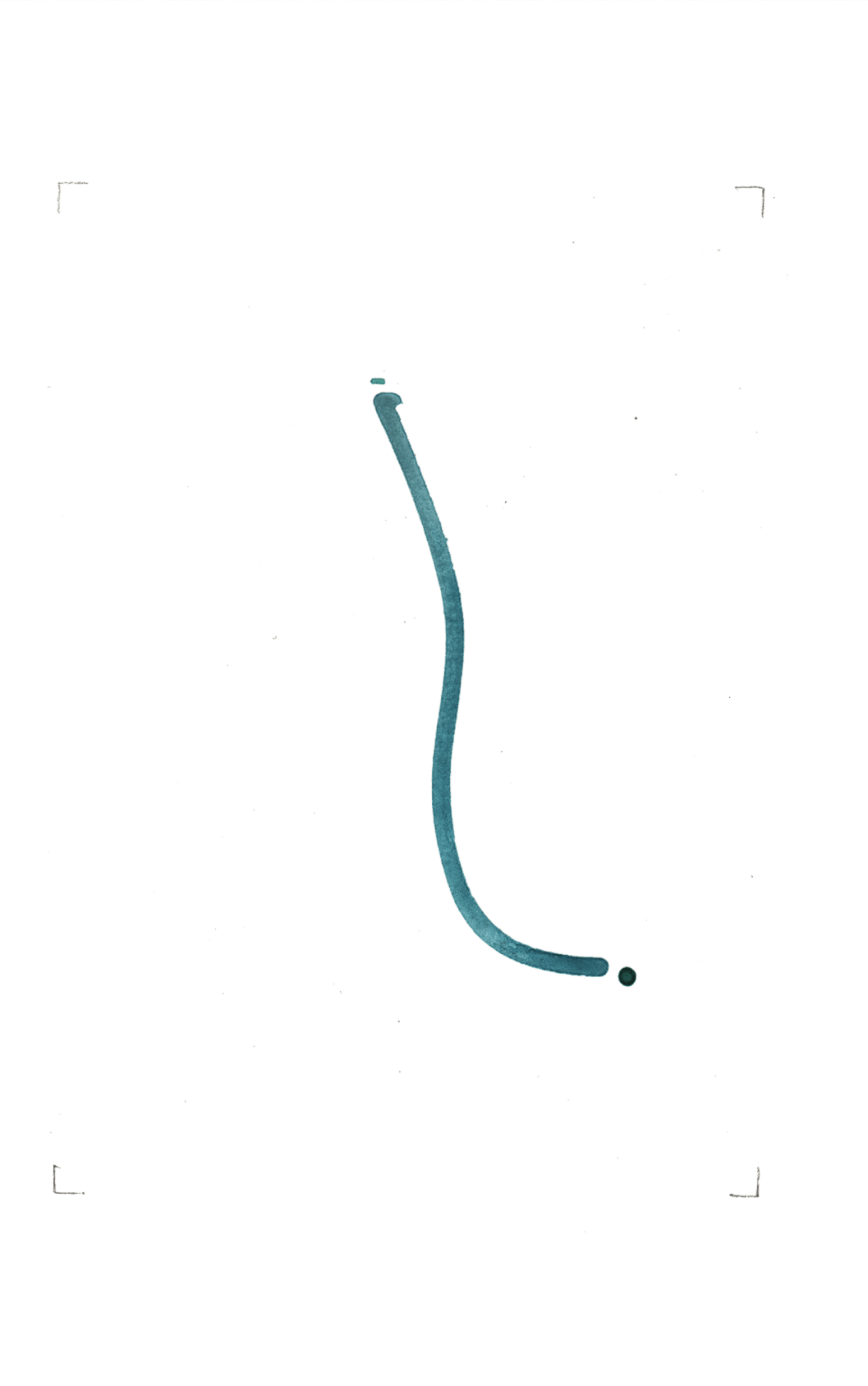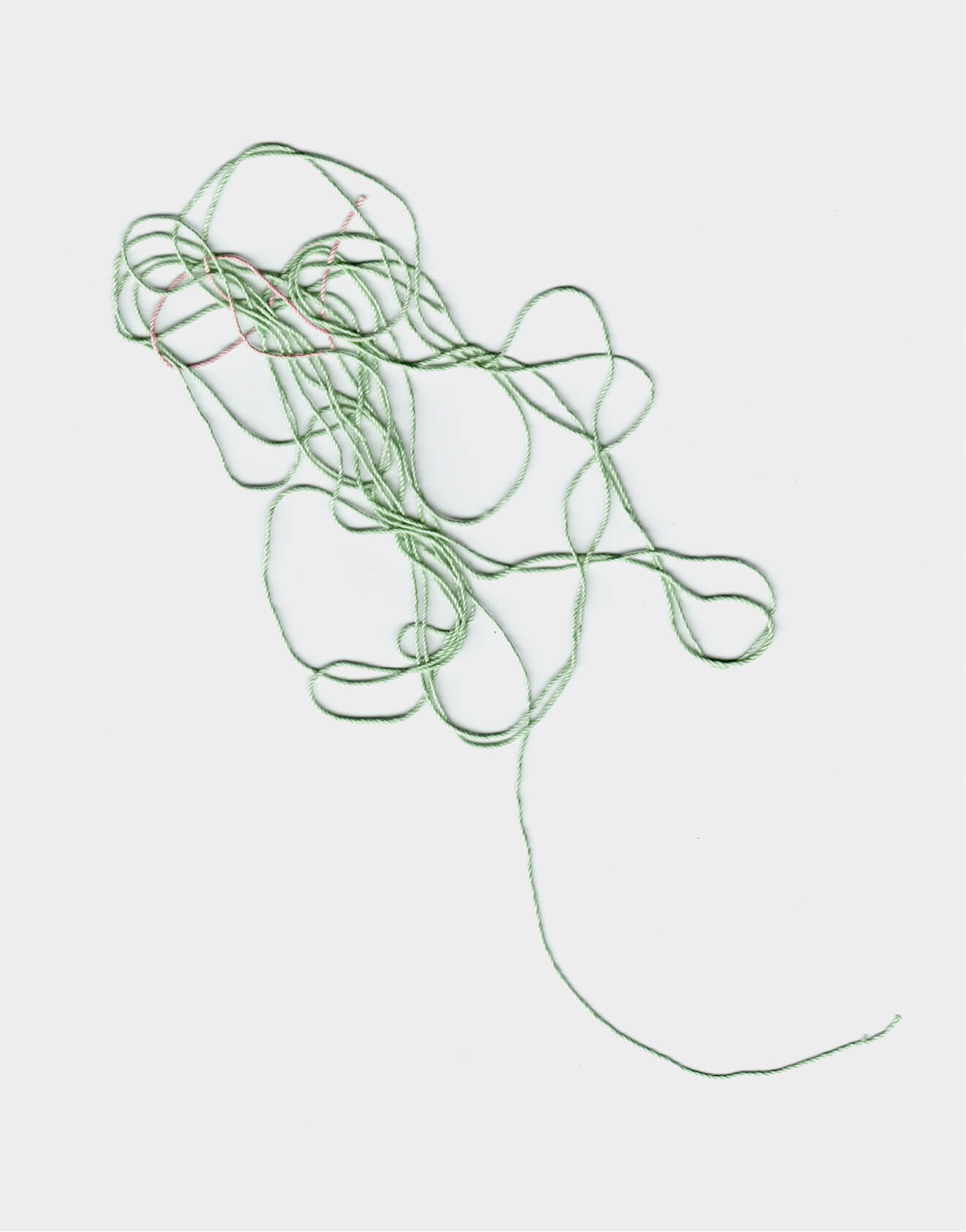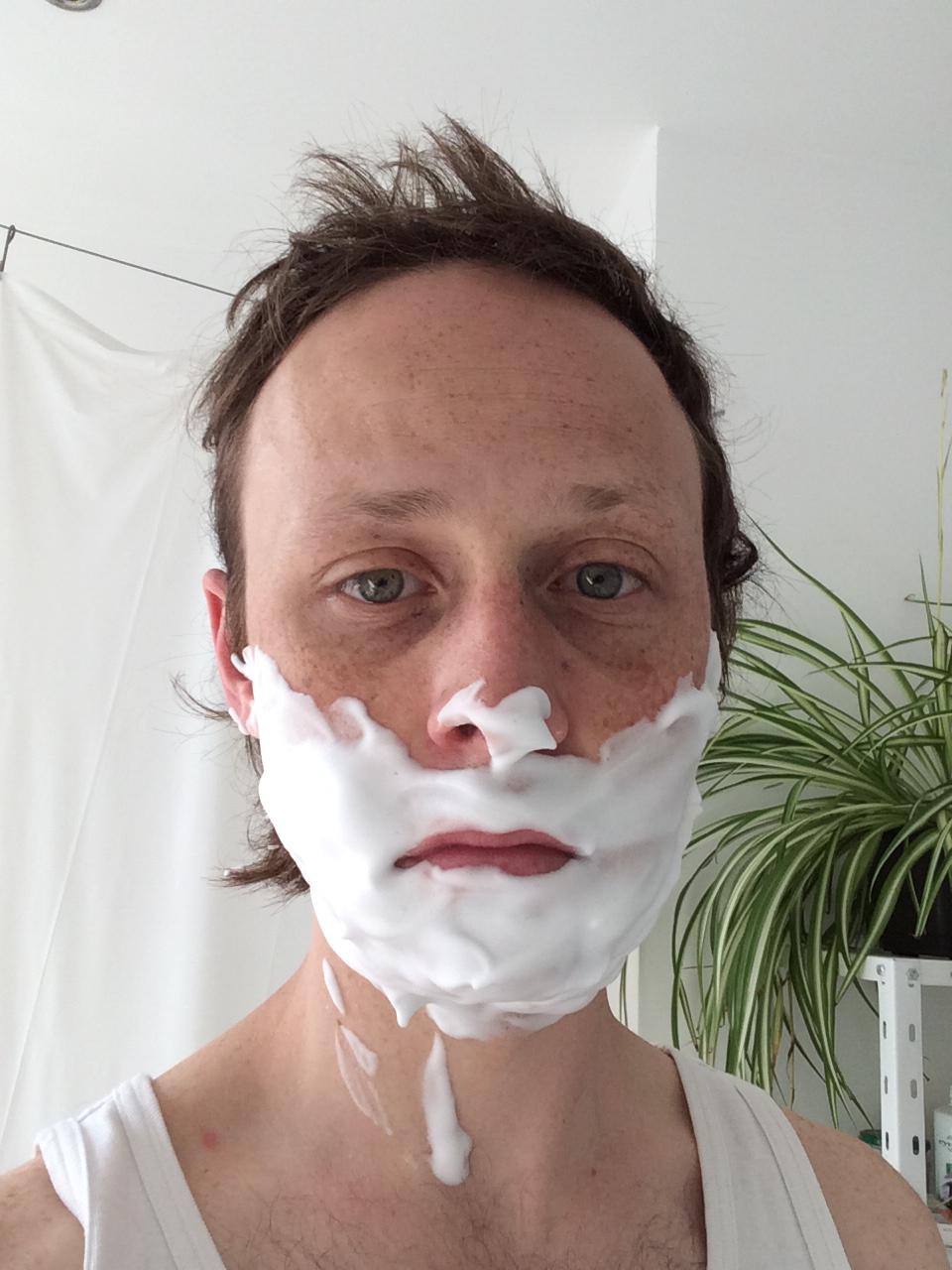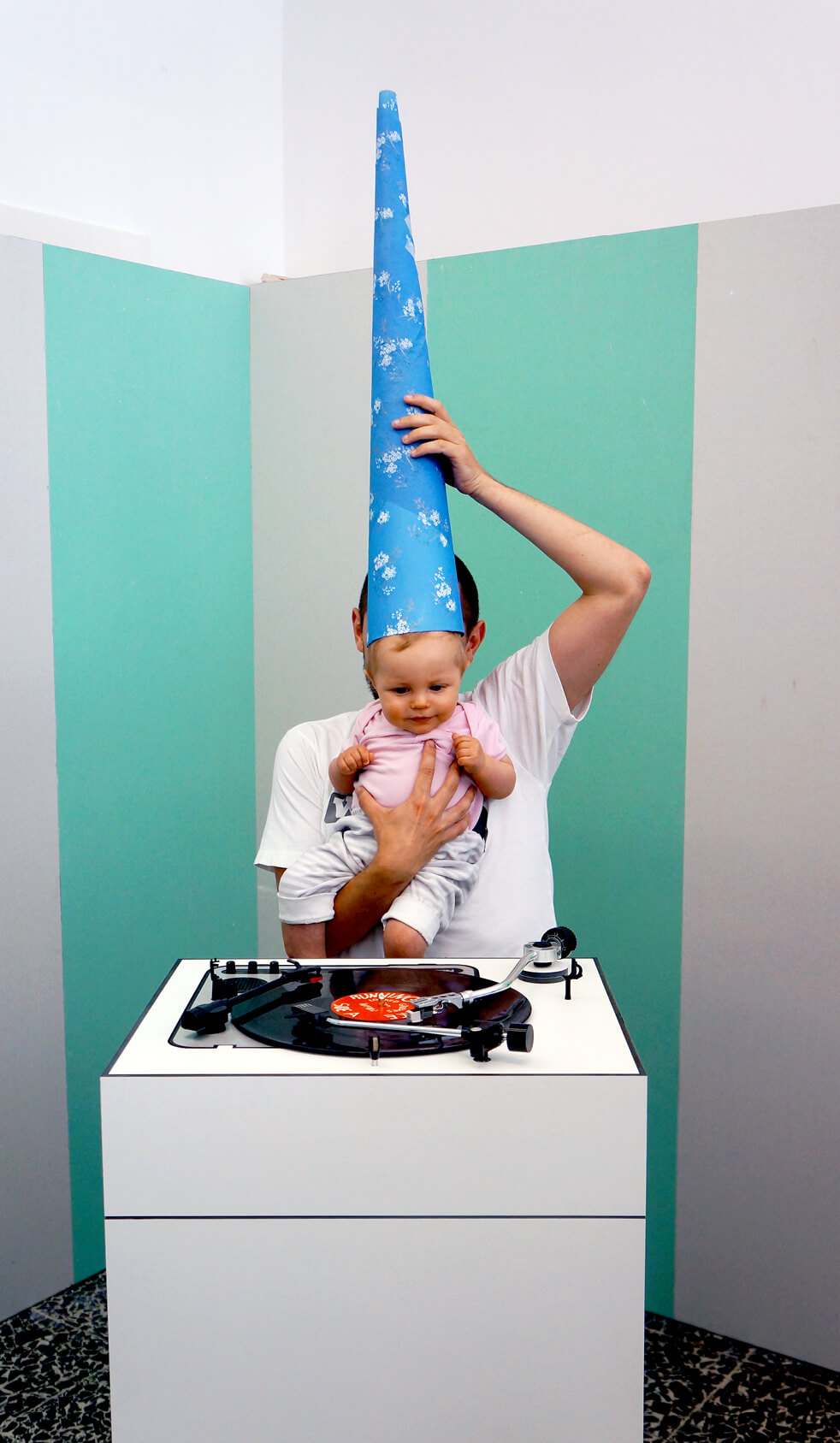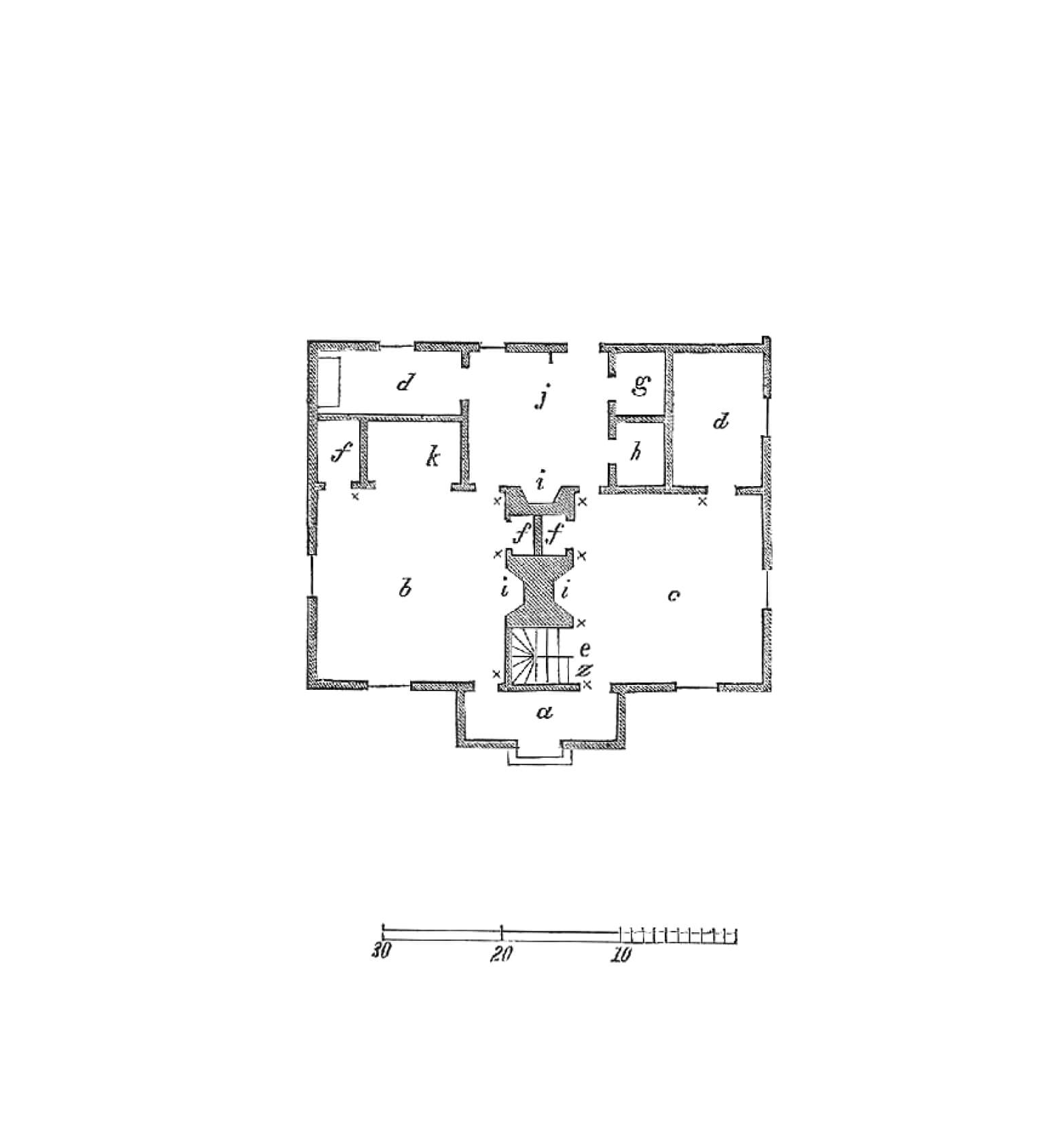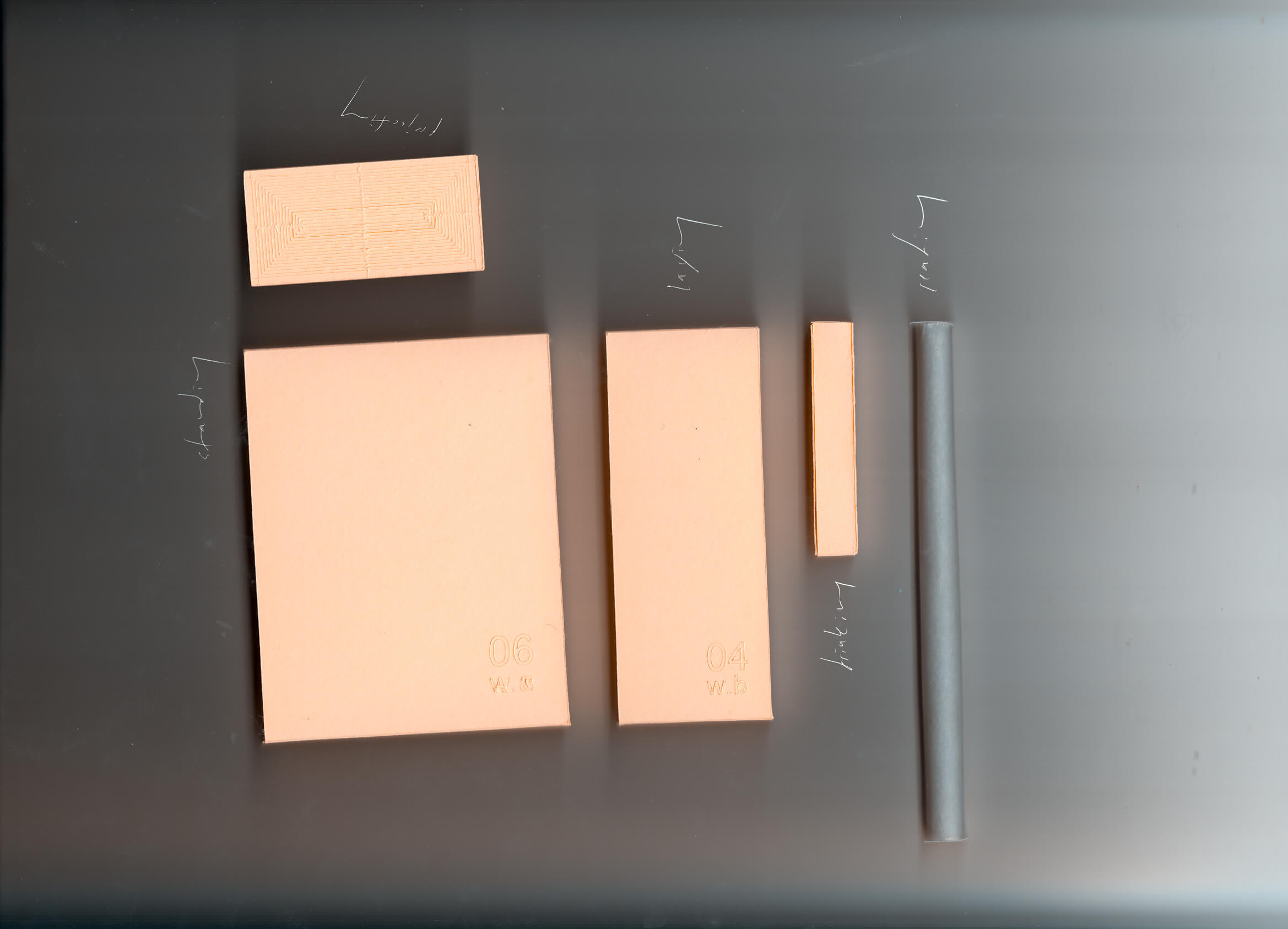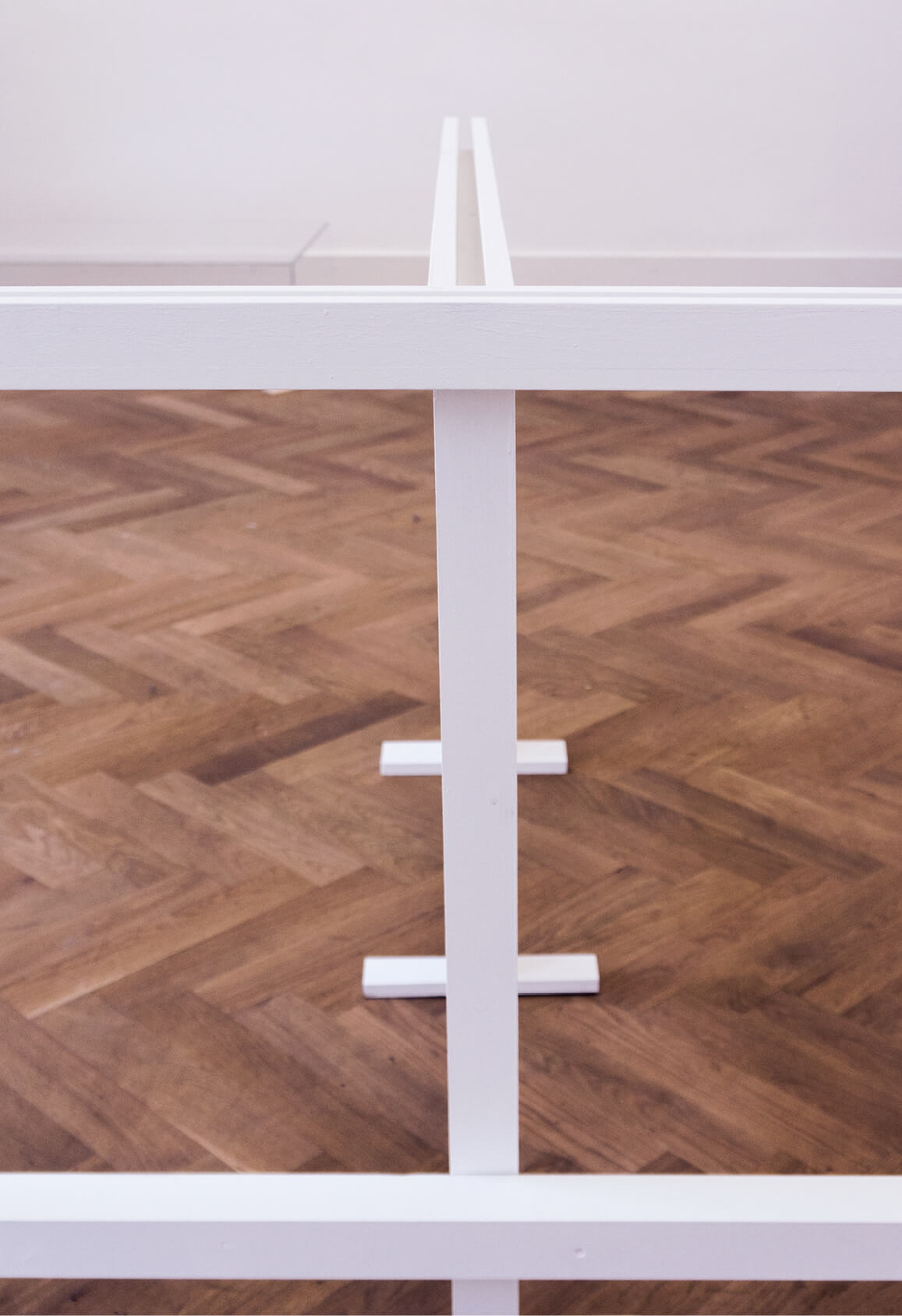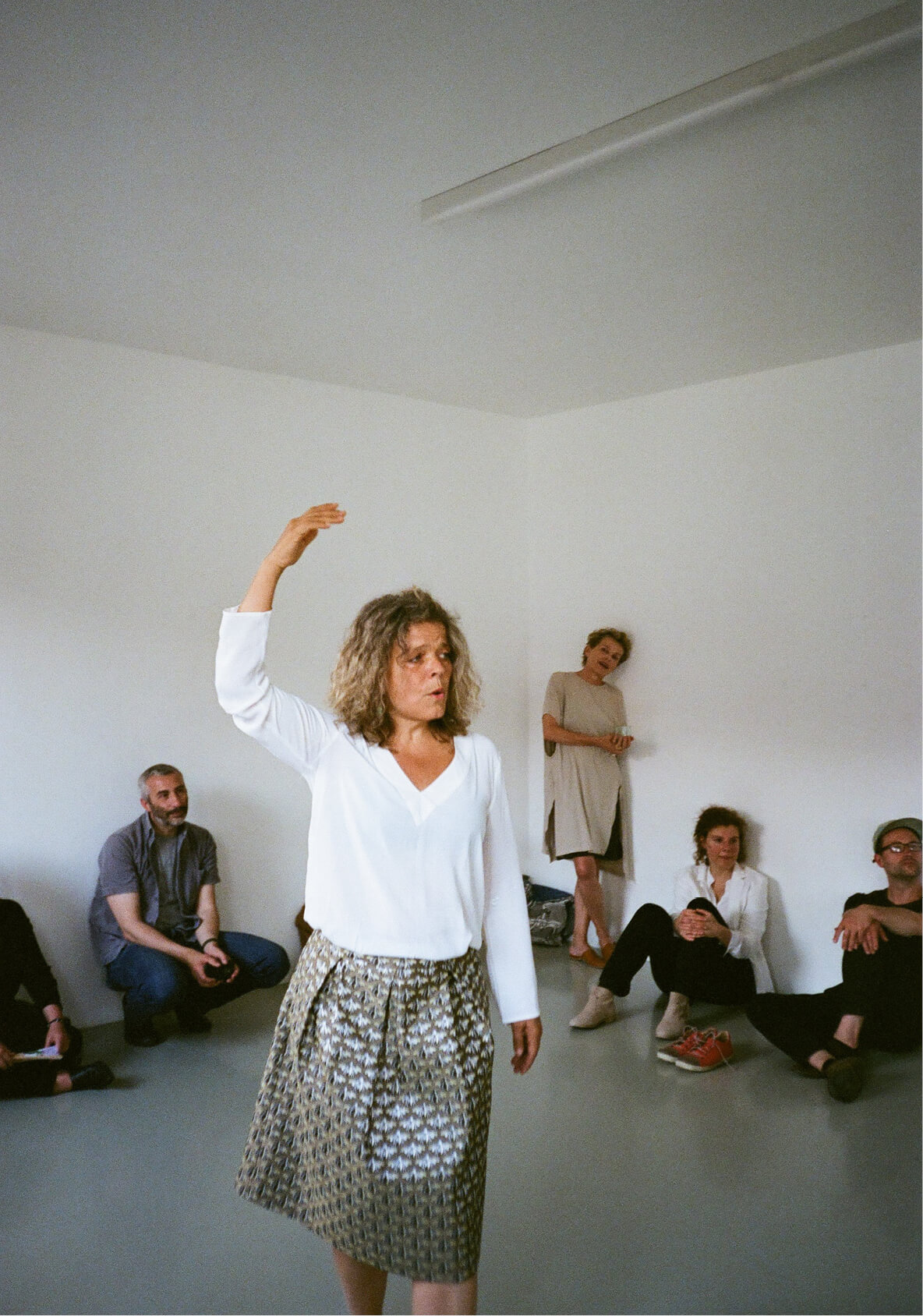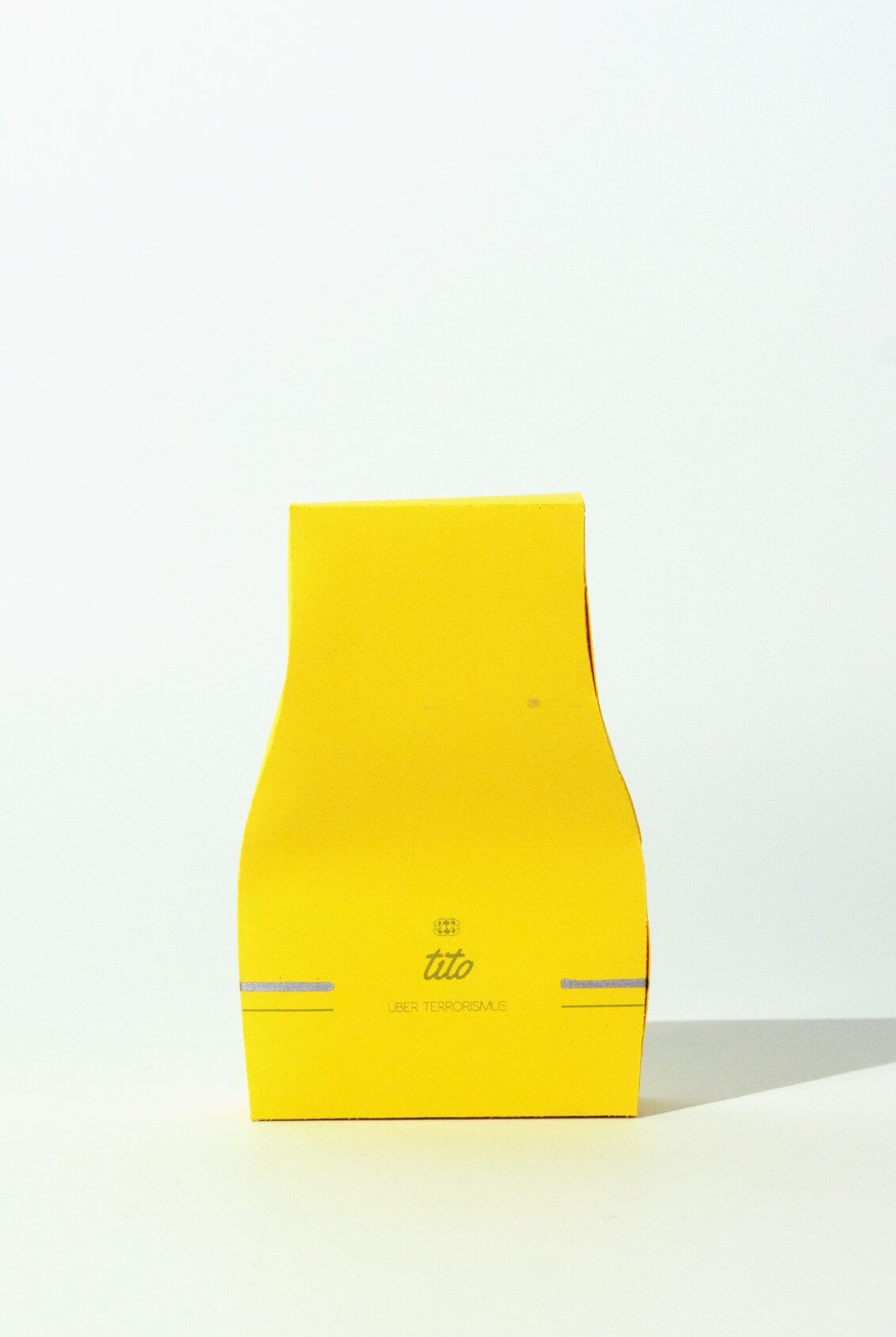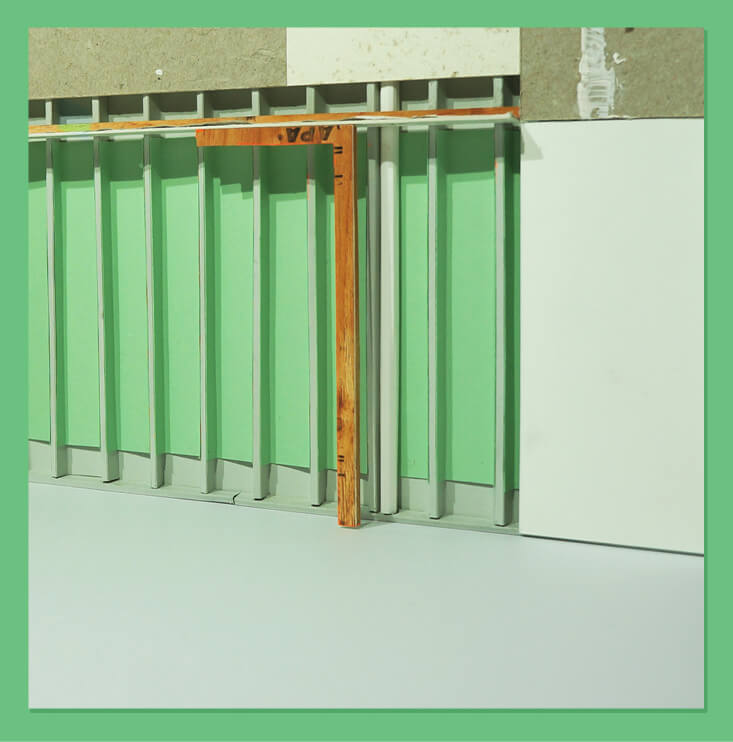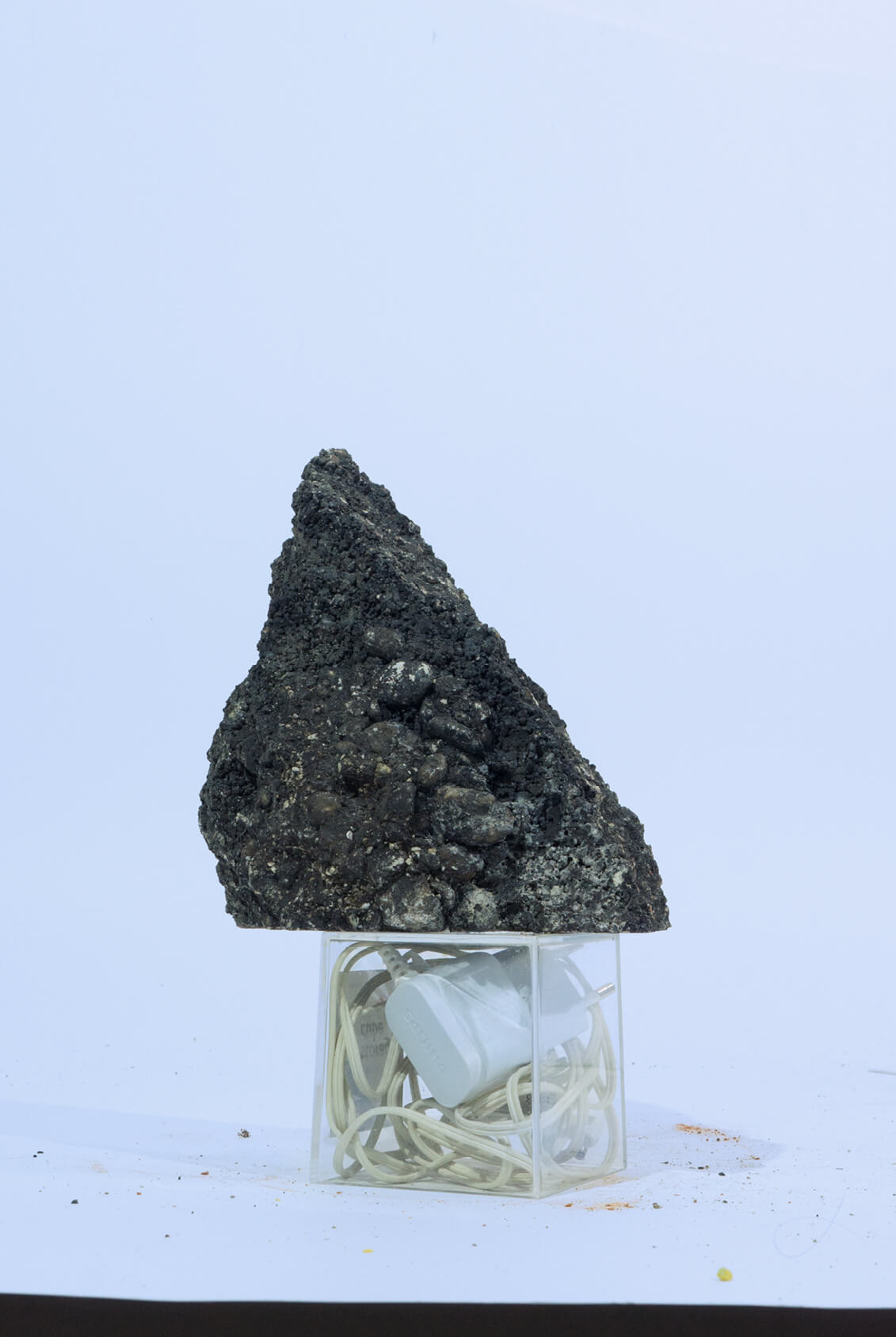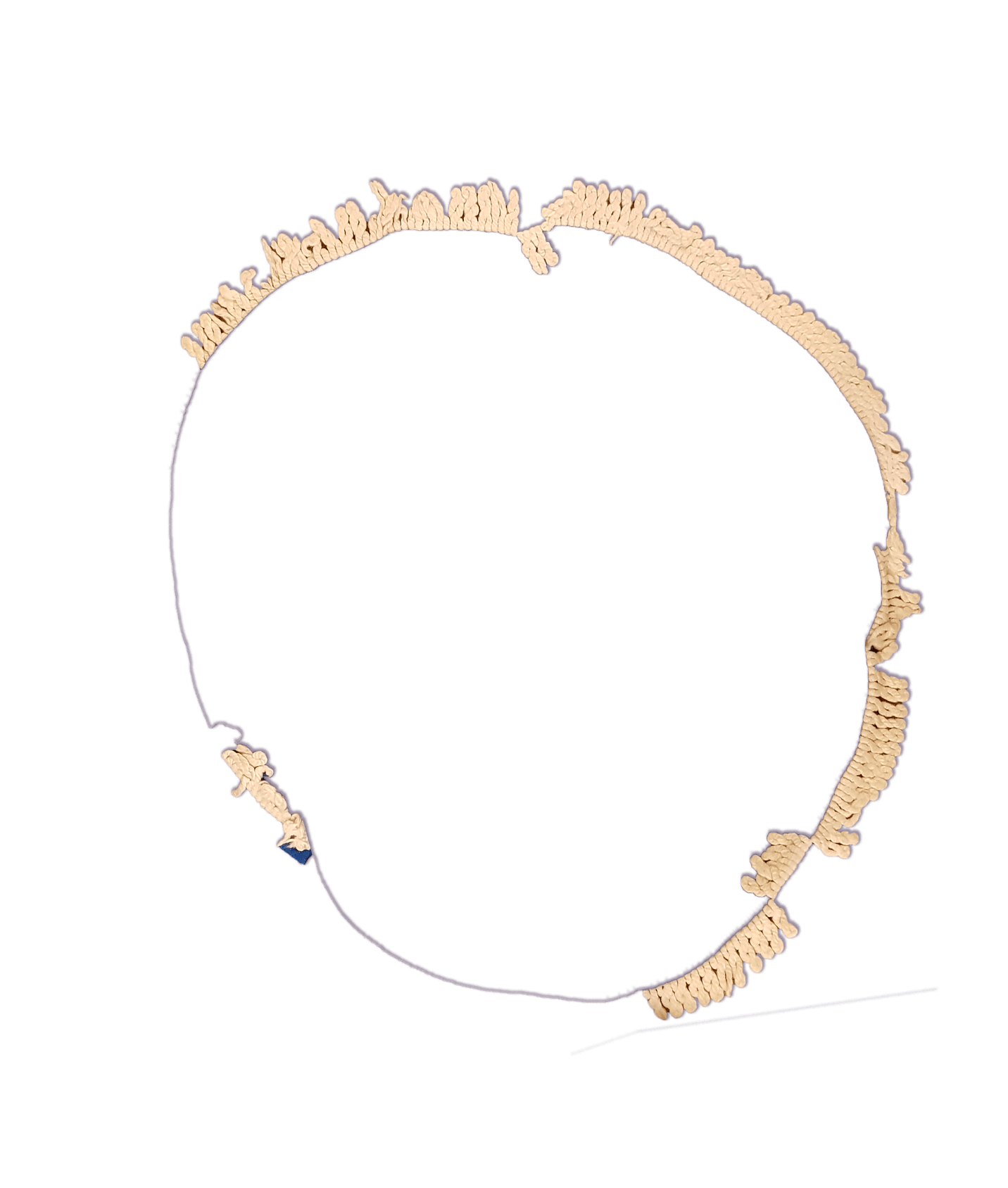*Long (3,475 characters including spaces) - 12 2023
Often containing performance and proposal simultaneously, Seth Weiner’s work employs a wide range of media in which he explores the gaps between architectural fiction and social convention to create both actual and imagined spatial environments.
In 2008, Weiner began the music project of Sadie Siegel, using his great-grandmother’s name to collaborate with himself and explore sound as an extension of touch, expression of space, and a way to create impossible places. Weiner has worked process-based and collaboratively with Untitled Collective (co-founded in Los Angeles, 2010-2012), Gruppe Uno Wien, and from 2012-2018 served as the Co-Artistic Director of Berlin-based Care Of Editions, a conceptual business model in the form of a record label.
Since 2018, Weiner has been the Artistic Director of Palais des Beaux Arts Wien, a nonprofit museum-like entity that serves as a mobile place of remembrance and projection for what was lost during National Socialism. During his time as director, Weiner has focused on commissioning artworks that deal with the history of Atelier Bachwitz, a publishing house that was once located at the Palais des Beaux Arts building in Vienna before it was Aryanized. Being Jewish, Weiner’s work on the Palais functions as an ongoing act of reclamation and a way to explore what that identity means in contemporary Austria.
Weiner has taught at the University of Applied Arts Vienna, the Academy of Fine Arts Vienna, UdK Berlin, the Art Institute of Hollywood Los Angeles, and is currently a visiting faculty member in the Culture, Politics, and Society program at Central European University (CEU), a lecturer in the Strategic Communications and Center for Liberal Arts departments at Webster University Vienna as well as in the Space and Design Strategies department (raum&design strategien) at the University of Art and Design in Linz, Austria.
He studied architecture at SCI-Arc in Los Angeles (2010), drawing and painting at the University of Michigan, Ann Arbor (2005) and sound at the Center for the Creation of Music Iannis Xenakis in Paris (2006). In 2023 Weiner was a Walker Cultural Leader in Arts and Culture at the Marilyn I. Walker School of Fine & Performing Arts at Brock University in Canada and received the Teacher of the Year Award by the Student Government Association at Webster University Vienna. In 2020, Weiner received a Vienna State Scholarship for Fine Arts (Staatsstipendium Bildende Kunst) and has work in the paper collection of the Museum of Applied Arts Vienna (MAK), MUSA-Art Collection of the City of Vienna (with Palais des Beaux Arts Wien), Kuenstlerhaus Bregenz, among other private collections.
Weiner’s work has been exhibited at the MAK Museum Vienna, Pacific Standard Time Performance Festival Los Angeles, Wien Museum - MUSA, Festival der Regionen Upper Austria (FdR), Russell Center - Detroit, Kunstraum Niederösterreich Vienna, Xhibit - Academy of Fine Arts Vienna, Soapbox Gallery Brooklyn, Kunsthalle Exnergasse Vienna, Kunstlerhaus Bregenz, Los Angeles Barnsdale Municipal Gallery, Venice 6114, LA Forum for Architecture and Urban Planning, (CAC) Contemporary Art Center Gallery at the University of California Irvine, Voralberg Museum Bregenz, Villa Elisabeth Berlin, Demon’s Mouth Oslo, LTMKS Project Space -Malonioji 6 Vilnius, 555 Gallery Detroit, MAK Center Los Angeles, Cecille R. Hunt Gallery, Gallery Elisabeth & Klaus Thoman, Bildraum 01, and The Luminary in St. Louis, among others.
Links:
sethweiner.org
palaisdesbeauxarts.at
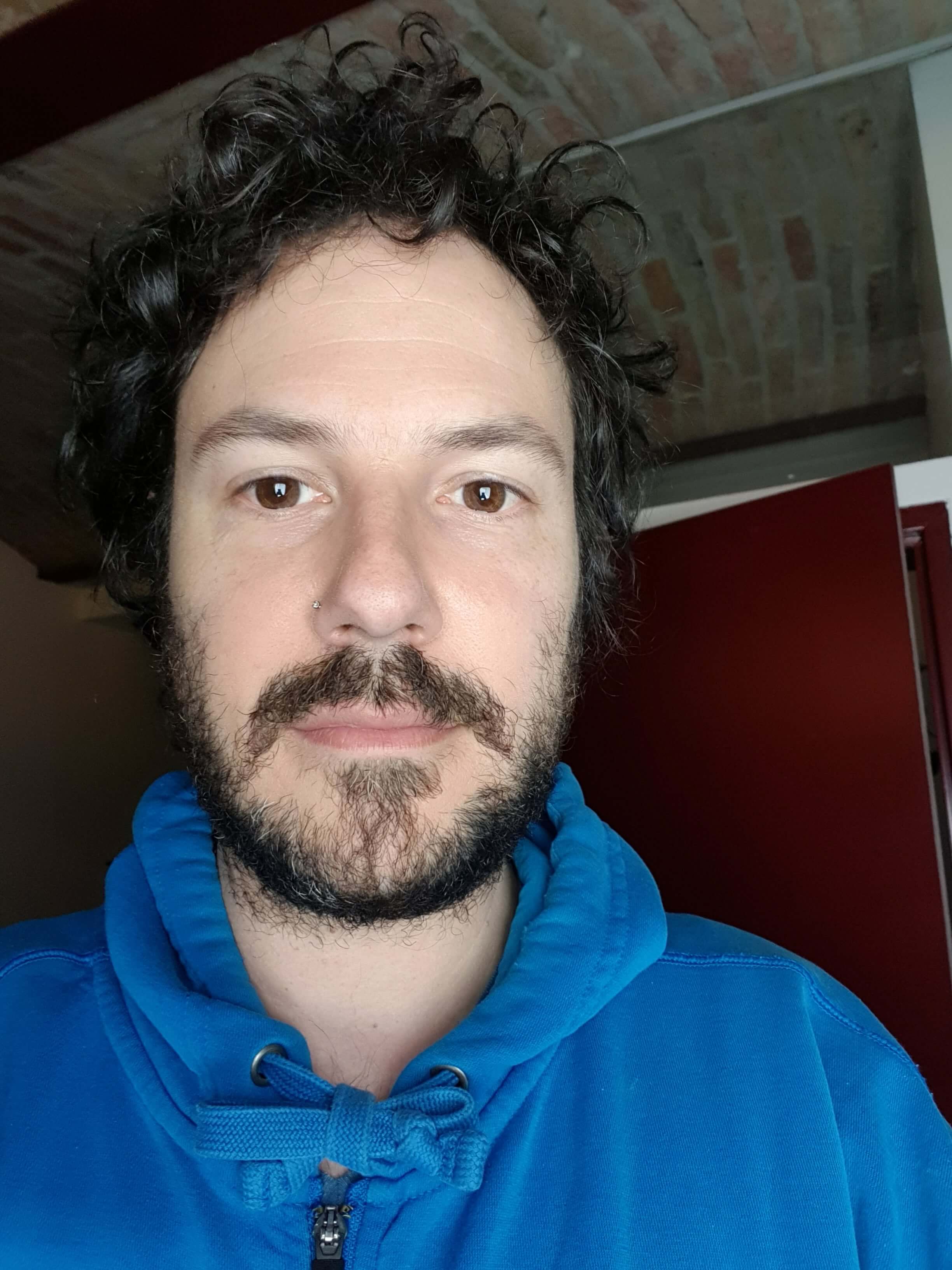
Short (500 characters including spaces)
Seth Weiner’s work employs a wide range of media in which he explores the gaps between architectural fiction and social convention to create both actual and imagined spatial environments. As the artistic director of Palais des Beaux Arts Wien, a nonprofit that serves as a mobile place of remembrance and projection for what was lost during National Socialism, Weiner’s work functions as an ongoing act of reclamation and a way to explore what his Jewish identity means in contemporary Austria.
Medium (1800 characters including - for FDR project / 12 2022)
Often containing performance and proposal simultaneously, Seth Weiner’s work employs a wide range of media in which he explores the gaps between architectural fiction and social convention to create both actual and imagined spatial environments. In 2008, Weiner began the music project of Sadie Siegel, using his great-grandmother’s name to collaborate with himself and explore sound as an extension of touch, expression of space, and a way to create impossible places.
Weiner has worked process-based and collaboratively with Untitled Collective (co-founded in Los Angeles, 2010-2012), Gruppe Uno Wien, and from 2012-2018 served as the Co-Artistic Director of Berlin-based Care Of Editions, a conceptual business model in the form of a record label.
Since 2018, Weiner has been the Artistic Director of Palais des Beaux Arts Wien, a nonprofit museum-like entity that serves as a mobile place of remembrance and projection for what was lost during National Socialism. During his time as director, Weiner has focused on commissioning artworks that deal with the history of Atelier Bachwitz, a Jewish-owned publishing house that was once located at the Palais des Beaux Arts building in Vienna before it was Aryanized. Being Jewish, Weiner’s work on the Palais functions as an ongoing act of reclamation and a way to explore what that identity means in contemporary Austria.
Weiner has taught at the University of Applied Arts Vienna, the Academy of Fine Arts Vienna, UdK Berlin, the Art Institute of Hollywood Los Angeles, Webster University Vienna, and is currently a lecturer in the Space and Design Strategies department at the University of Art and Design Linz.
Links:
sethweiner.org
palaisdesbeauxarts.at
Long (3000 characters including spaces - 12 2022)
Often containing performance and proposal simultaneously, Seth Weiner’s work employs a wide range of media in which he explores the gaps between architectural fiction and social convention to create both actual and imagined spatial environments. In 2008, Weiner began the music project of Sadie Siegel, using his great-grandmother’s name to collaborate with himself and explore sound as an extension of touch, expression of space, and a way to create impossible places.
Weiner has worked process-based and collaboratively with Untitled Collective (co-founded in Los Angeles, 2010-2012), Gruppe Uno Wien, and from 2012-2018 served as the Co-Artistic Director of Berlin-based Care Of Editions, a conceptual business model in the form of a record label.
Since 2018, Weiner has been the Artistic Director of Palais des Beaux Arts Wien, a nonprofit museum-like entity that serves as a mobile place of remembrance and projection for what was lost during National Socialism. During his time as director, Weiner has focused on commissioning artworks that deal with the history of Atelier Bachwitz, a Jewish-owned publishing house that was once located at the Palais des Beaux Arts building in Vienna before it was Aryanized. Being Jewish, Weiner’s work on the Palais functions as an ongoing act of reclamation and a way to explore what that identity means in contemporary Austria.
Weiner has taught at the University of Applied Arts Vienna, the Academy of Fine Arts Vienna, UdK Berlin, the Art Institute of Hollywood Los Angeles, Webster University Vienna, and is currently a lecturer in the Space and Design Strategies department at the University of Art and Design in Linz.
He studied architecture at SCI-Arc in Los Angeles (2010), drawing and painting at the University of Michigan, Ann Arbor (2005) and sound at the Center for the Creation of Music Iannis Xenakis in Paris (2006). In 2020, he received a Vienna State Scholarship for Fine Arts (Staatsstipendium Bildende Kunst), and has work in the paper collection of the Museum of Applied Arts Vienna (MAK), MUSA -Art Collection of the City of Vienna (with Palais des Beaux Arts Wien), Kuenstlerhaus Bregenz, and the private collections of Deborah DiCapua, Sergio Bromberg, Adam Peña, and Volker Straebel.
Weiner’s work has been exhibited at the MAK Museum Vienna, Pacific Standard Time Performance Festival Los Angeles, Wien Museum - MUSA, Kunstraum Niederösterreich Vienna, Xhibit - Academy of Fine Arts Vienna, Soapbox Gallery Brooklyn, Kunsthalle Exnergasse Vienna, Parallel Art Fair Vienna, Kunstlerhaus Bregenz, Los Angeles Barnsdale Municipal Gallery, Venice 6114, LA Forum for Architecture and Urban Planning, (CAC) Contemporary Art Center Gallery at the University of California Irvine, Voralberg Museum Bregenz, Villa Elisabeth Berlin, Demon’s Mouth Oslo, LTMKS Project Space -Malonioji 6 Vilnius, 555 Gallery Detroit, MAK Center Los Angeles, Cecille R. Hunt Gallery, Gallery Elisabeth & Klaus Thoman, and The Luminary in St. Louis, among others.
Links:
sethweiner.org
palaisdesbeauxarts.at
*2015 - Somehow I feel more conservative than I used to because my works are no longer impossible. I’ve been building things. I’ve been interested in craft and color, the subject of perception in drawing and painting and the shapelessness of musical figures. But maybe on the other end of this insecurity is an awareness that the multiple sites of a project don’t necessarily have to be congruent. They can each be dealt with on their own terms, and their terms continually shift: there’s the direct experience of a work, its elastic representation, and the conversations that attempt to access the experience when its fact is at a distance from the senses.
For a few years I was utterly confused about how my work fit within a gallery setting. It’s not that my works were too ephemeral, large or rejected rarefication necessarily; it’s that I hadn’t been viewing the setting as a multitude of relationships to operate within and in-between. My recent work though has for the most part been built from this dynamic, responding to the contextual parameters of both physical as well as conceptual sites.
I often spend a fair amount of time planning and discussing with the curator of a show how the choreography and pacing of attention interacts with meaning, and then develop my work based on the overall exhibition context. My process has been twofold: approaching a project as multiple sites while continuing to research and experiment with the ways in which space itself formats the social.
Most of my recent work has involved sculptural elements that have a basis in the semantics of architecture: windows, walls, ceilings, doors, stairs, floors, etc. Like these architectural building blocks, it’s primarily through the body that meaning is activated. A window is something to look out of or into; to be looked at through. Railings demarcate territory and can be leaned on. Walls partition and hold the space in-between material, regardless of if they are made from vocal bodies, thread or wood. A door creates and blocks passage from one condition to another. The floor is an inevitable point of bodily contact, its performance is relentless.
With all of these elements an institutionalized body becomes a ready-made. And while the body, an institution in itself, may reinforce predictable patterns of learned behavior, my aim is to create works which not only reflect upon these constructions but project possibilities.
(a little stiff but just so I don't forget some of the sentences/catch phrases...)
Space is a doubt that we are constantly attempting to mark. It slips away with time, melting through our fingers just as we find a name for it. We color it, describe it with lines, trade it as data. We borrow it, pollute it, speculate upon its futures. We designate it as territory by planting ourselves in it, inscribing it with intention.

